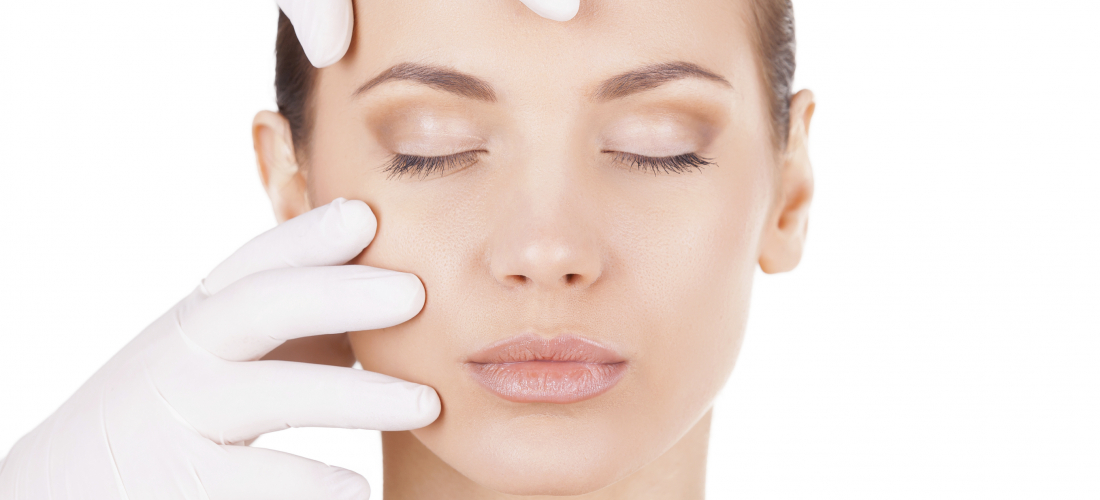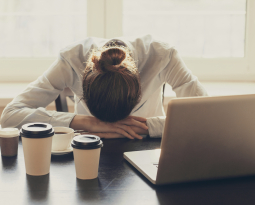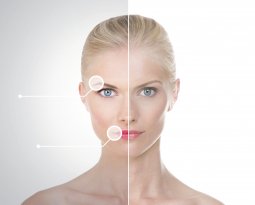
Head Posture Restoration to Relieve Orofacial Pain
35 million Americans are just like Rosa. They present with painful temporomandibular joint (TMJ) disorder and regular headaches that are affecting their home and professional life. What most patients don’t realize is that orofacial pain and headaches are directly associated with their postural presentation. For correction of TMJ dysfunction, structural head posture restoration is indicated.
Patients suffering from TMJ dysfunction will commonly present with restricted range of motion of the jaw, with reported “popping” and “clicking” of the jaw when opening and closing their mouth. TMJ disorders can range from a slight irritation to a severely debilitating condition. Advanced TMJ disorder can impact patients’ ability to eat, breathe, talk, and sleep, and can give rise to teeth sensitivities, ear problems, headaches, facial nerve pain and muscular aches in the neck and shoulder region.
Common postural distortion patterns that patients with TMJ disorder present with include forward head posture, an increased hyperlordosis of the cervical spine, and trigger point muscle activation of the trapezius muscles. Postural distortion patterns of posture quadrant 1 affect the muscle activation of the jaw and contribute to posterior lower jaw position.
Research demonstrates that correction of TMJ dysfunction requires postural correction of the head and cervical spine. Nikolakis et al. (2001) state, “a combination of exercise and manual therapy, correction of body posture, and relaxation techniques significantly alleviates jaw pain, restricted movement, and impairment.”
Wright et al. (2000) concluded that TMJ dysfunction self-management with postural training was more effective for correction and symptom relief than TMJ self-management alone.
Rosa, an accountant of 10 years, was surprised that her dentist referred her for postural training to correct her TMJ dysfunction. Although skeptical in the beginning, Rosa began to realize the important connection between head posture placement and the correction of TMJ and orofacial symptoms.
Rosa had been dealing with dental issues and headaches forever. With the heightened stress of tax season she says that her clenching is the worst and she wakes up every morning with a headache from clenching her teeth and jaw all night.
She presented with significant forward head posture on her initial evaluation. Other significant clinical findings include hypertonicity of the trapezius, pectoral, and suboccipital muscles bilaterally, trunk flexion, major levels of postural instability at T1 and T4, and decreased range of motion of the cervical spine with right rotation and bilateral head flexion.
Rosa was dedicated to her treatment plan of head posture structural restoration. For complete correction, Rosa completed a 12-week program. Her treatment plan consisted of anti-gravity postural correction treatments with a specific postural rehabilitation protocol.
For postural restoration of forward head posture, Rosa did reverse posture exercises in which she retracted the cervical spine without resistance and held the position of maximum contraction for 5 seconds. She was instructed to do 3 sets of 10 repetitions per day. Once she was able to do 3 sets of 10 repetitions she then began doing the same exercise with resistance to build her postural fitness.
She was instructed to do TMJ specific exercises at home in addition to the cervical reverse posture exercises. For the first exercise, she was instructed to open her mouth as wide as possible, not to the point of pain, but as wide as she can comfortably. With the mouth wide open, she was instructed to mover her jaw gradually to the affected side and hold for 10 seconds. Then repeat the exercise 4-5 times.
Next she performed an exercise in which she supported her chin with both hands while opening her mouth. With the mouth wide open, she would touch the roof of her mouth with the tip of her tongue, at the front part of her mouth. She did this exercise for 10 repetitions to build her postural fitness.
When working with patients with orofacial pain, it is necessary to rehabilitate the jaw with specific movements to improve articular function. For long-term correction it is necessary to also correct the head posture of the patient to be in proper alignment. There is a interdependent relationship between cervical posture and jaw position that posture experts have mastered.
References:
Nikolakis, P et al. (2001) An Investigation of the Effectiveness of Exercise and Manual Therapy in Treating Symptoms of TMJ Osteoarthritis. Journal of Craniomandibular Practice.
Wright, E. et al (2000) Usefulness of Posture Training for Patients With Temporomandibular Disorder. Journal of the American Dental Association 131(2).
















